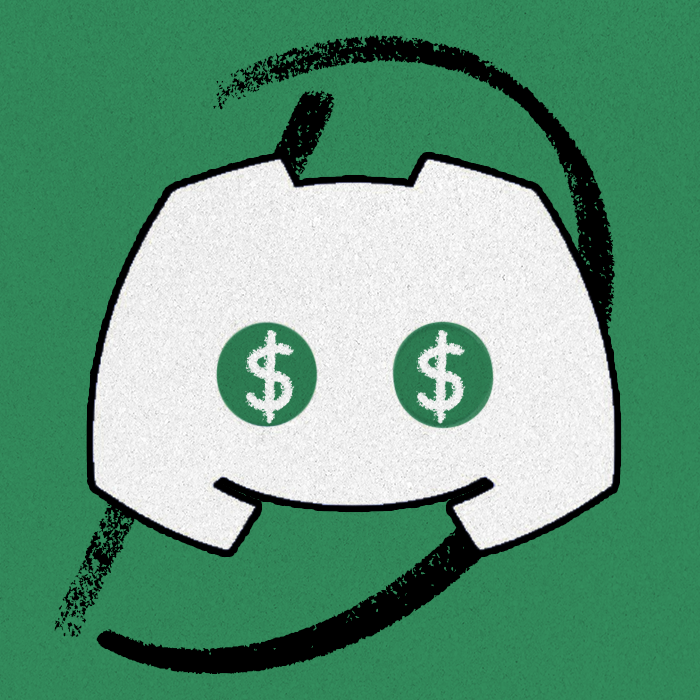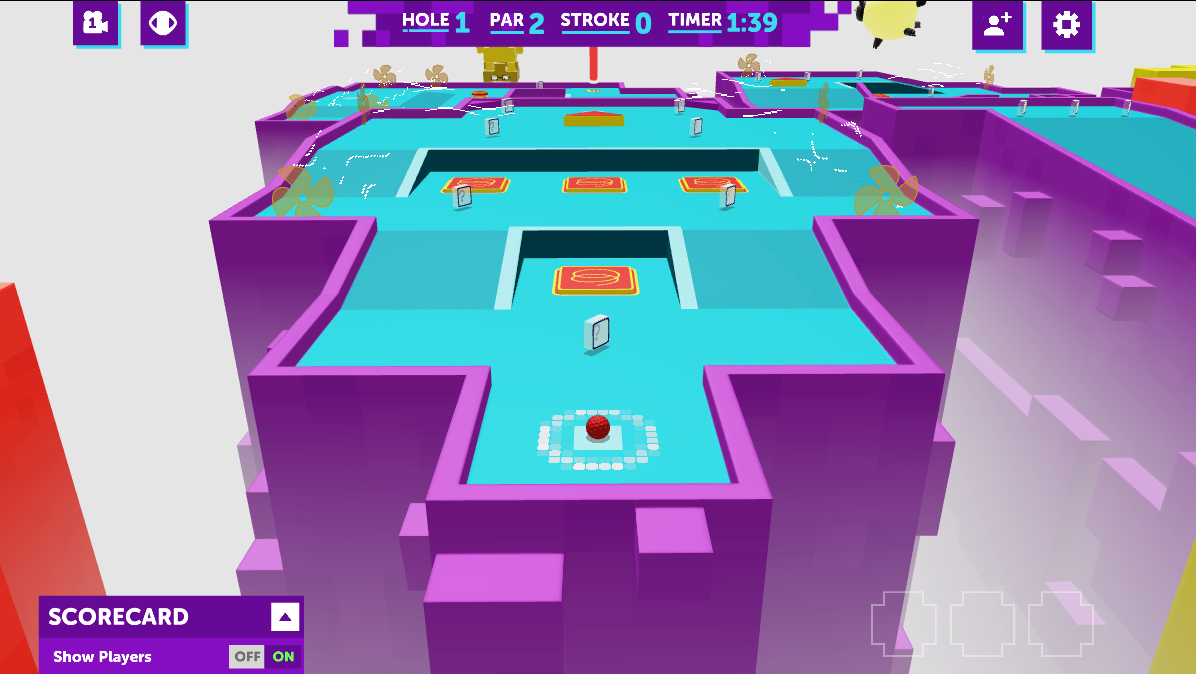
I would like to give you $20 million. Well, not directly. Instead, I’d like to tell you about an opportunity that could get you that money relatively easily. It isn’t quite growing on trees, but it’s pretty close.
First, I’m going to share the theory behind the idea. Then, the idea itself.
When I’m evaluating a tech company, one of my most important filters is distribution—the way a company grows. Does the founder have a novel, repeatable way to acquire customers? Is there a channel, like Facebook ads, that is unusually cheap and the market hasn’t yet utilized? This distribution advantage can present itself along the following variables:
- Size: Is the total addressable market large?
- Product-distribution fit: Does the product, through its very usage, have distribution built in? An example is how social sharing is a core part of social media platforms’ usage pattern.
- Propensity to spend: Does the market you are distributing to have a previous history of buying products with similar utility?
- Competitive density: Are there competing products with high switching costs? Are they currently being distributed on your chosen channel?
You can justify building a product if just one of these questions has a strongly positive answer. The idea I’m proposing is so good it ticks all four boxes. I’m talking about a $20 million opportunity called Discord Activities.
For the unfamiliar, Discord is a communications app where people chat via text, voice, or video on private servers. It had 183 million users in 2022 and is home to communities far beyond its original domain of gaming. Crypto, AI, and pop-culture fandoms of every shape and size congregate on its purple-green servers.
To supplement the service, over the last year Discord has been adding activities for users to engage in during voice chats. There are mini-golf games like Putt Party.
Every screenshot/Discord.There are whiteboards on which you can draw on with your friends.
Every screenshot/Discord.You get the idea.
Eight days ago, Discord began enabling outside developers to build activities. Developers can monetize these activities by upselling customers, and early adopters are already selling cosmetic purchases, like hats for your avatar. The apps can be played on text channels, voice chats, or in individual servers—virality is built in.
There are currently only 19 apps available for selection on the accounts we tested. By comparison, the iPhone launched with 500 apps, and the Vision Pro has over 1,000. The apps are relatively fun and easy, similar to the simple, hyper-casual games in the App Store that you play for a day or two.
To return to my concerns around distribution, Discord Activities solve for all four variables.
- Size: Discord has 180 million-plus users, many of whom are passionate gamers.
- Product-distribution fit: Multiplayer games are inherently social. The software development kit—usually called the SDK, which is like a box of Legos that allows you to build stuff on Discord—enables easy social sharing across the entire network of servers if the game is designed correctly.
- Propensity to spend: These are already committed gamers who have shown a strong enough interest in gaming to have downloaded Discord. Many of them have given Discord their credit card information, allowing for in-app purchases (again, replicating the iPhone App Store capabilities).
- Competitive density: There are fewer than 20 apps to beat. You can do that! Of course, you have to compete with the broader landscape of gaming, but all the other games are off platform. Discord Activities have one fewer source of friction.
Farmville 2.0
The launch of Discord Activities bears a striking resemblance to that of Zynga's Farmville on Facebook back in 2009. Just as Farmville capitalized on Facebook's massive user base and built-in social features, Discord Activities are poised to leverage Discord's 180 million-plus users and inherent virality.
Farmville's success was largely attributed to its seamless integration with Facebook's platform: Players could easily invite friends, share progress, and engage with the game without ever leaving the social network. It force-fed users notifications, making them return to the game again and again. This viral loop fueled Farmville's rapid growth, and the app attracted 80 million users in less than a year. Similarly, Discord Activities's SDK enables developers to create games that can be played directly within Discord's servers and channels.
There are echoes between the situations in monetization as well. Just as Farmville tapped into Facebook's user base of casual gamers with a propensity to make in-game purchases, Discord Activities target Discord's core audience of passionate gamers, who are even more likely to monetize because they have a deep love for the product category. When you add in the limited number of apps on Discord Activities thus far, there is a golden opportunity for developers to establish themselves in a relatively uncrowded market.
Of course, there are some caveats. The SDK is brand new and not yet fully built out. The early restrictions on developers are onerous, limiting the activities to servers of a maximum of 25 users, and the company hasn't yet turned on in-app monetization. Discord also lacks the sophisticated user advertising and attribution system that mobile gaming platforms like Android and iOS offer—i.e., you can’t run ads to grow. Companies that build activities will need to rely on non-paid acquisition methods.
In the broader game market, most estimates have casual mobile gaming as 50 percent of the total video game market. Let’s be conservative and say that 25 percent of Discord’s user base would pay for casual games. This still yields a total addressable user base in the range of 45 million users! If you discount it further, restricting access to western markets and those who are willing to pay—even, say, 2.5 percent—that is 4.6 million paying users up for acquisition.
In my previous research on the mobile gaming space, a game that sucked at monetizing would still be able to extract $5 a year from users. If you can pull that off, you are looking at $23 million in annual revenue. It won’t be a venture-scale company, but a qualified mobile gaming team should be able to build a nice little nest egg.
Evan Armstrong is the lead writer for Every, where he writes the Napkin Math column. You can follow him on X at @itsurboyevan and on LinkedIn, and Every on X at @every and on LinkedIn.
Find Out What
Comes Next in Tech.
Start your free trial.
New ideas to help you build the future—in your inbox, every day. Trusted by over 75,000 readers.
SubscribeAlready have an account? Sign in
What's included?
-
Unlimited access to our daily essays by Dan Shipper, Evan Armstrong, and a roster of the best tech writers on the internet
-
Full access to an archive of hundreds of in-depth articles
-
-
Priority access and subscriber-only discounts to courses, events, and more
-
Ad-free experience
-
Access to our Discord community





Comments
Don't have an account? Sign up!